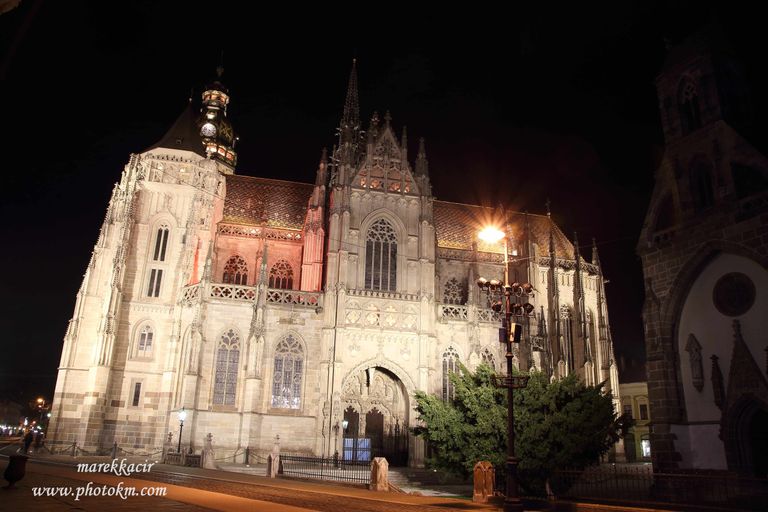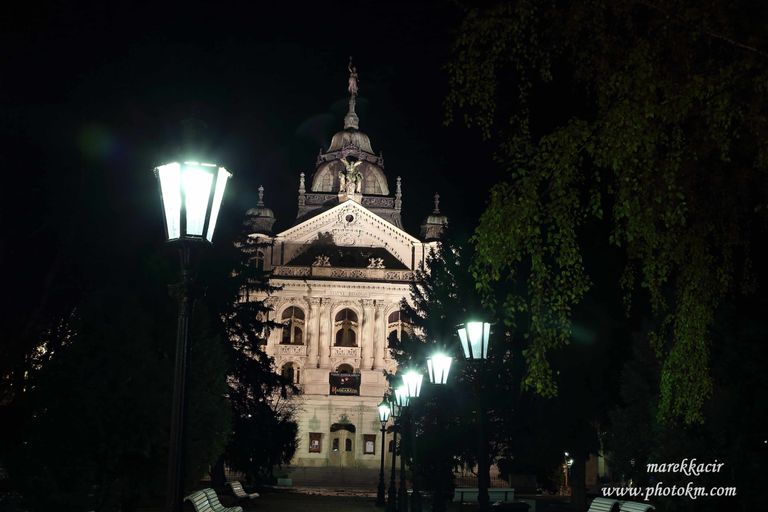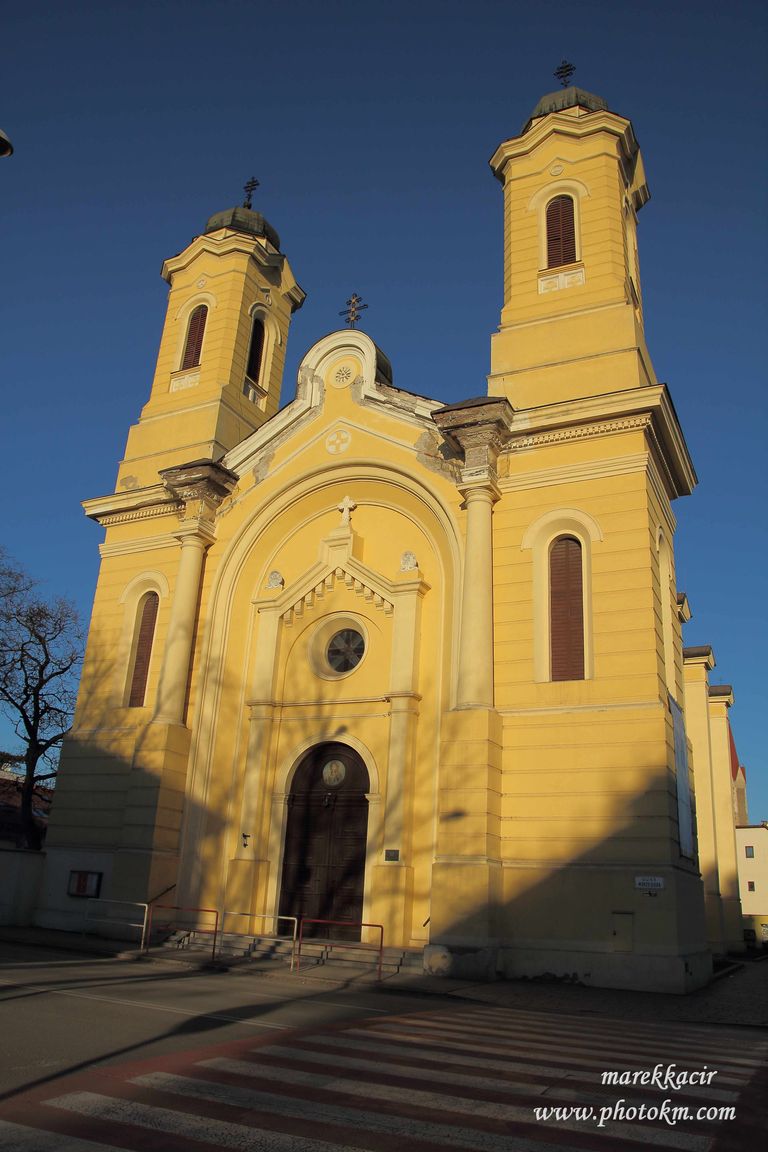I went to this city often. It was because my girlfriend was working in it at the time. After all, Košice is not far from Spišská Nová Ves in which I live. They are less than an hour away by train or car. I preferred to go there by train. I probably liked this mode of transport during my student days and I like to travel like this to this day.
Košice is the capital of eastern Slovakia and at the same time the second largest city in Slovakia. And as such, they have a rich history and that's what attracts me.
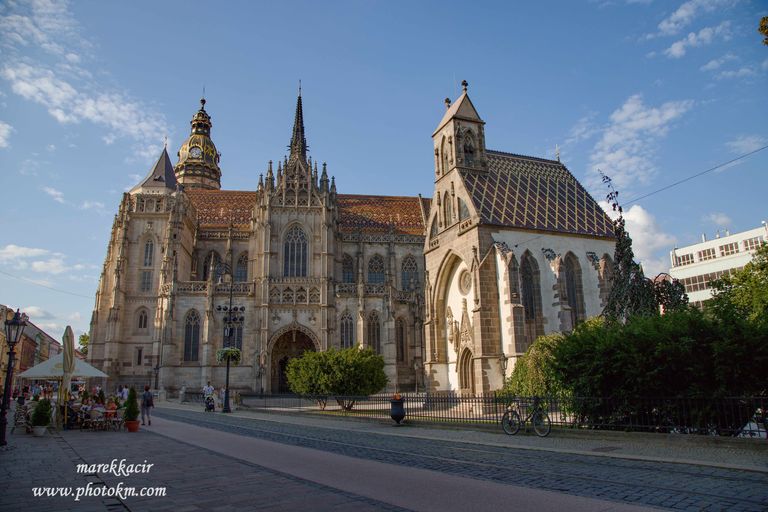
One day I decided to travel to Košice to be with my girlfriend. I have to admit that in addition to wanting to be with her, I had other intentions. I packed my camera and wanted to walk around town and take pictures of everything that interested me.
I get off the train and go to the city center. I'm walking through the park. The local deciduous trees have become popular with crows. They loudly announce their presence to the wider community.
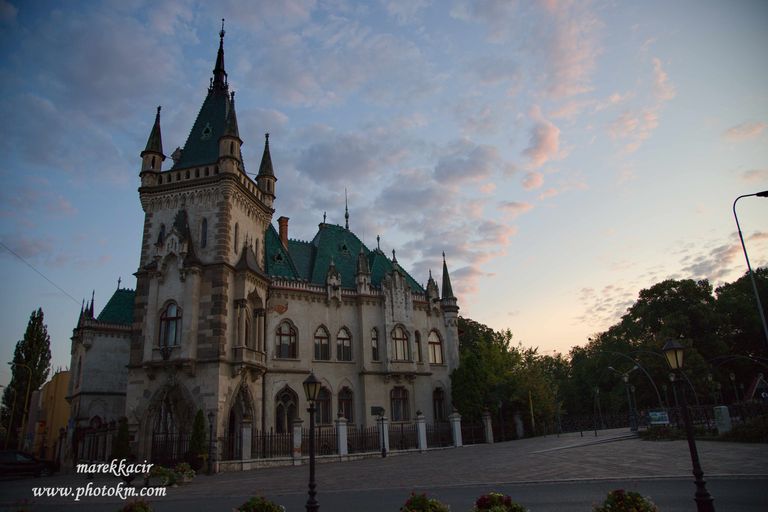
I cross the bridge and Jacob's Palace stands in front of it. This neo-Gothic building, built in 1899, cannot be overlooked. It looks a bit like a house from The Adams family. When they built it, the surroundings looked a little different. The palace stood on the bank of the mill drive, creating a beautiful idyll.
I would consider the Czechoslovak president Edvard Beneš to be the most important inhabitant of the palace. The palace was his residence for a time after the liberation of the city by the Red Army. At present, the palace is used for important social events.
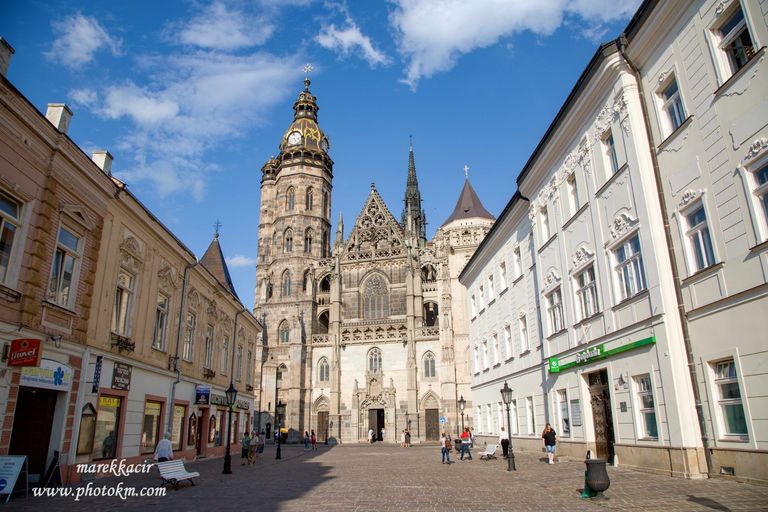
I continue to perhaps the most famous monument in Košice, the St. Elizabeth's Cathedral. This breathtaking cathedral is the largest church in Slovakia. Construction of the Gothic cathedral began at the end of the 14th century. Its predecessor was the church dedicated to St. Michael from the middle of the 11th century. Charter of Pope Martin IV. From 1283, the church is already dedicated to St. Elizabeth. In 1380 the church burned down, which was a good time to build a new one. Medieval Košice prospered, trade and crafts flourished in them, and so the rich townspeople, with the strong support of King Sigismund of Luxembourg and the Pope, gathered to build the church.
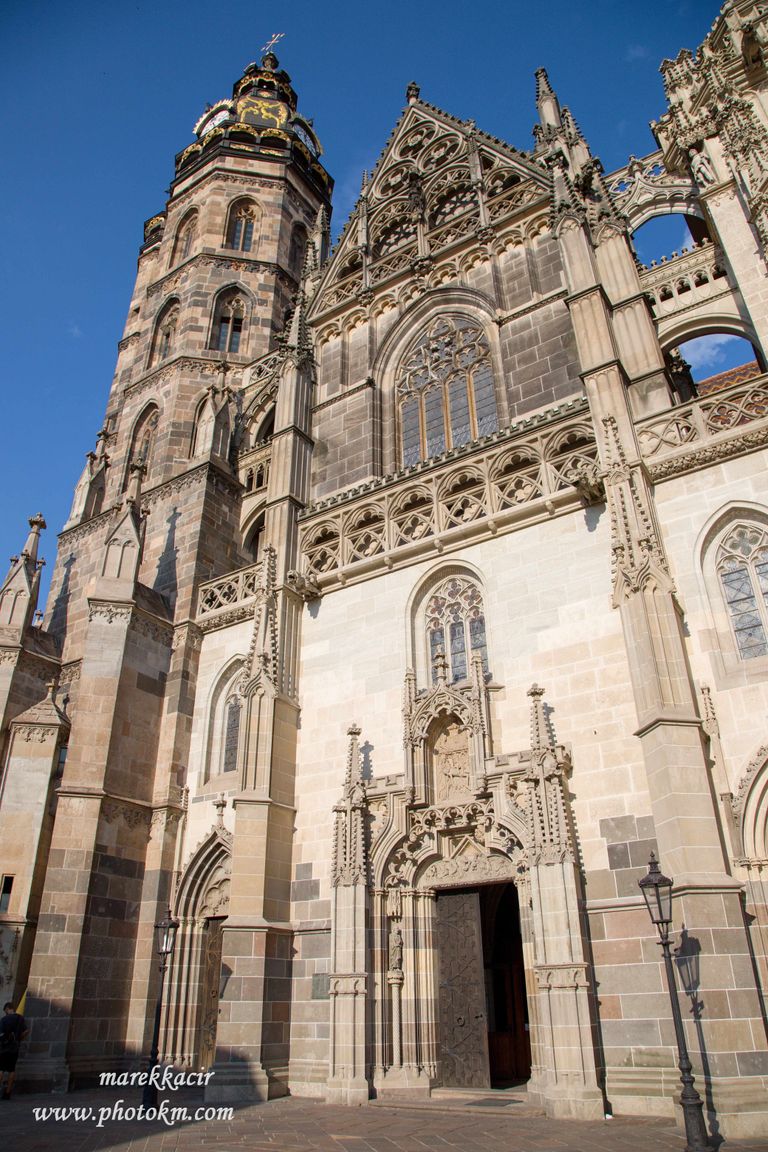
From my layman's point of view, the construction of the sanctuary was very interesting. The old church stood, services were held in it, while a new system of building a new cathedral around the original building was already being built around it. Only when the cathedral was ready for the vault did the old church be demolished.
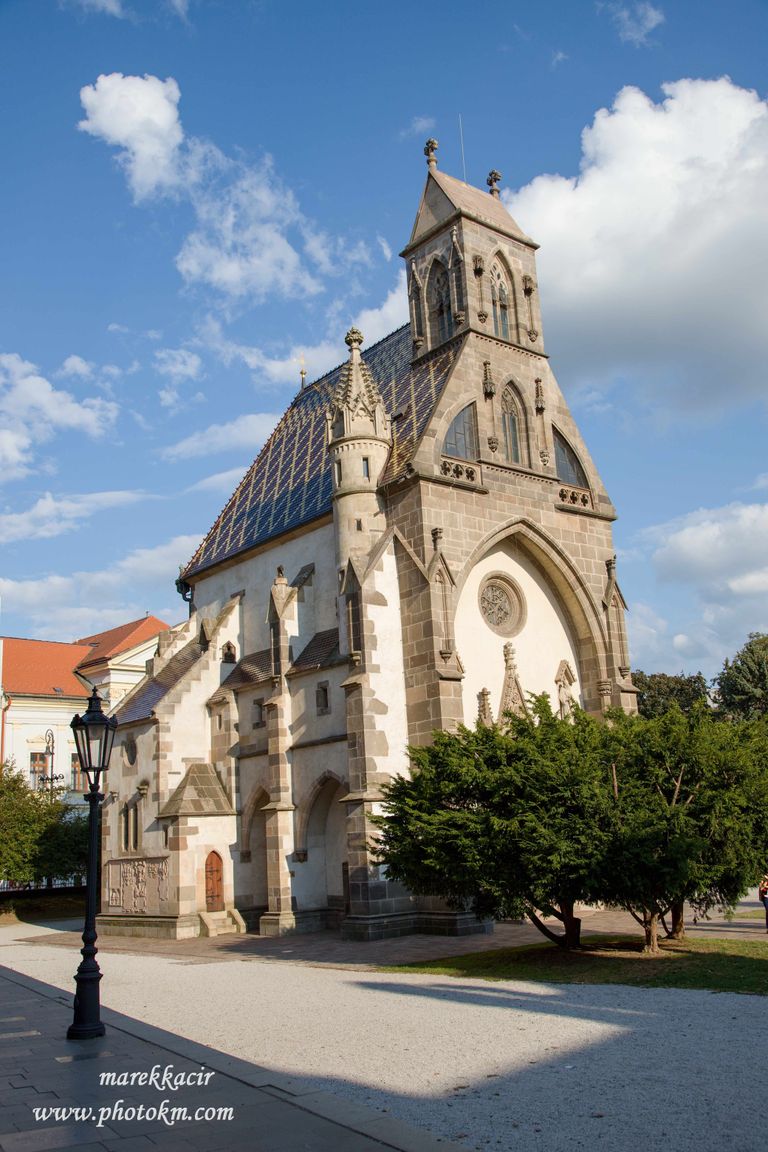
The temporary function of the parish church in the town was taken over by the parallel Church of St. Michael, which was already completed at that time.
During its existence, the cathedral passed from the hands of Catholics to the hands of Protestants and vice versa. For example, after a fire in 1556, the church fell into the hands of Rotestants. The Catholics and the Jáger Chapter forcibly occupied it in 1604. It was one of the main detonators of the Štefan Bočkaj uprising, which dedicated it to the Calvinists. It was not returned to the Jáger Chapter until Emperor Leopold I in 1671. During the uprising of Imrich Tököli, the cathedral passed back into Protestant hands. They exchanged the Catholic cross on Sigismund's Tower for a gilded rooster. In 1685, the cathedral definitely fell into the hands of Catholics.
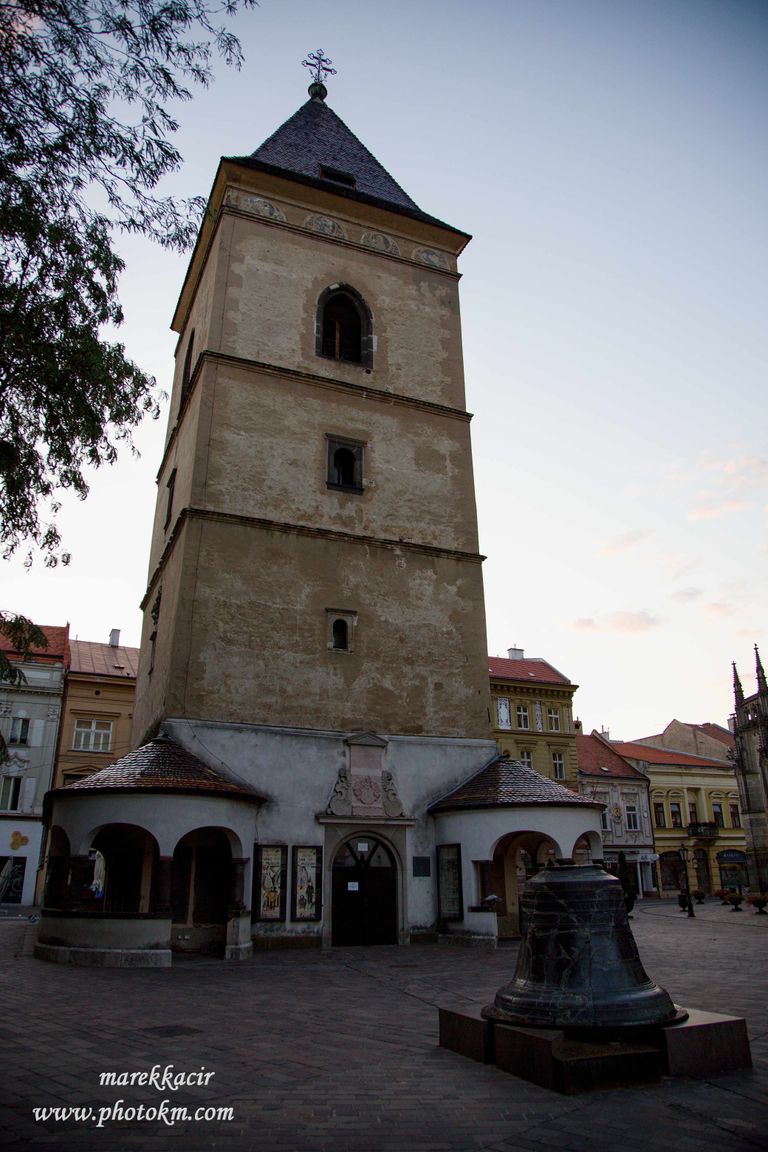
Next to St. Elizabeth's Cathedral is another monument that attracted me. It's Urban's Tower. It was built as a bell tower of the Gothic Dome.
In addition to these buildings, the center of the city center also consists of the theater building in Košice and a park with a fountain. Lots of benches, shading trees and a singing fountain ensure well-being and relaxation in the city center, especially on hot summer days.
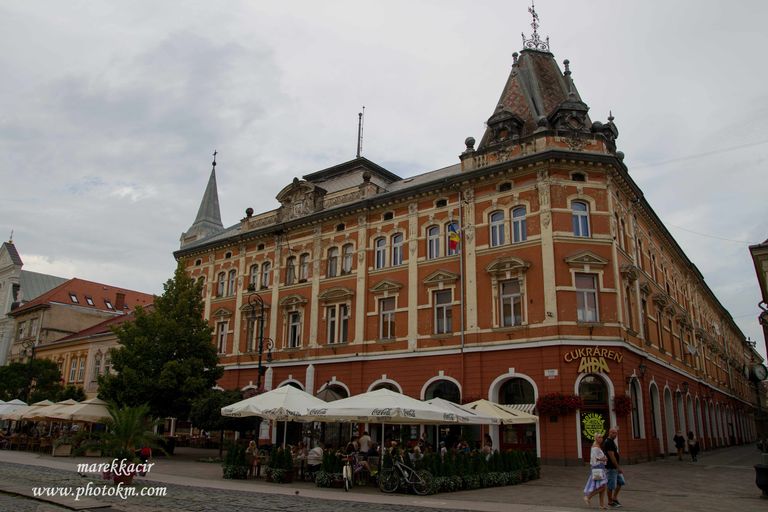
If such cooling is not enough for visitors, they can cool in Aide. It is a local ice cream parlor famous for its excellent ice cream far and wide.
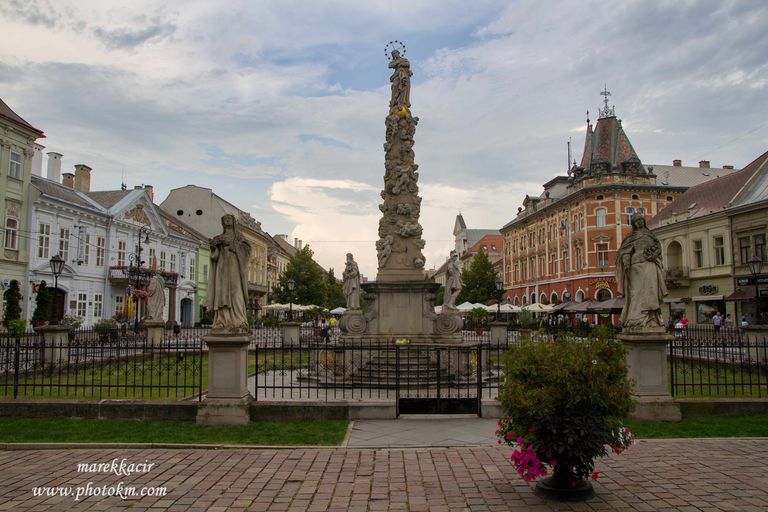
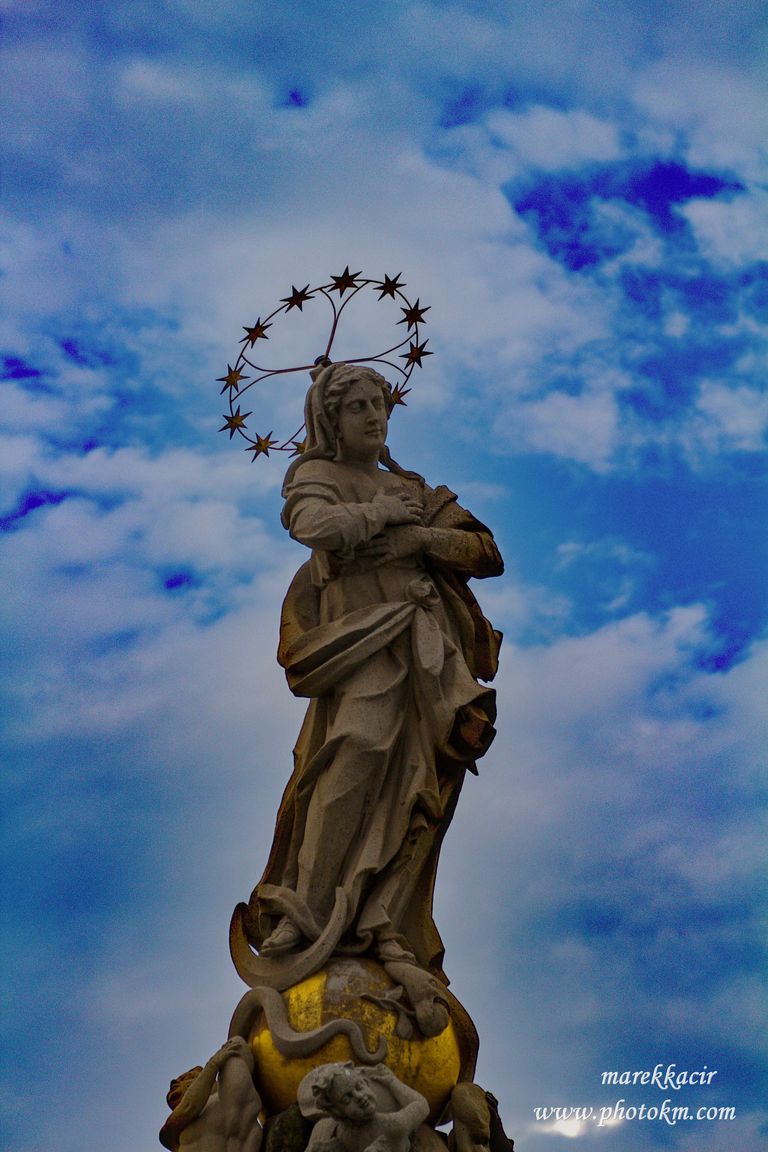
I sit on one of the benches and admire the plague pillar. The statue of the Immaculate Conception is the most beautiful Baroque statue in the city. In the years 1709-1710 there was a plague in Košice. The survivors assembled to build this plague pillar. The Virgin Mary, who is at the top of the sculpture, is to symbolize fidelity, love and goodness, and the city is to protect from misery and suffering.
Košice has several churches and several churches are represented in the city. One of them is the Greek Catholic Church and the Greek Catholic Church of the Nativity of the Blessed Virgin. This photo was taken in the early evening when the sun shone so softly on him.
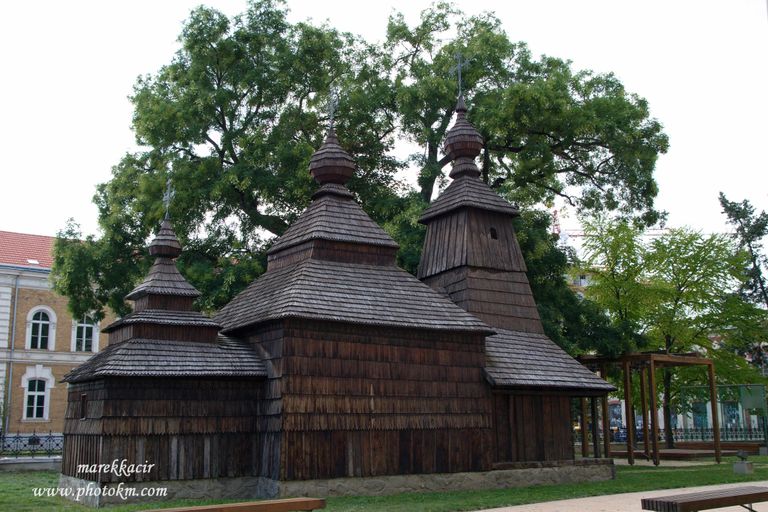
Another Greek Catholic church in Košice is this wooden church of St. Nicholas, which was brought to Košice from the village Kožuchovce. The church was built in 1741. The church was in poor condition and the village wanted to demolish it. Fortunately, it was acquired by the museum and saved the church in this way.
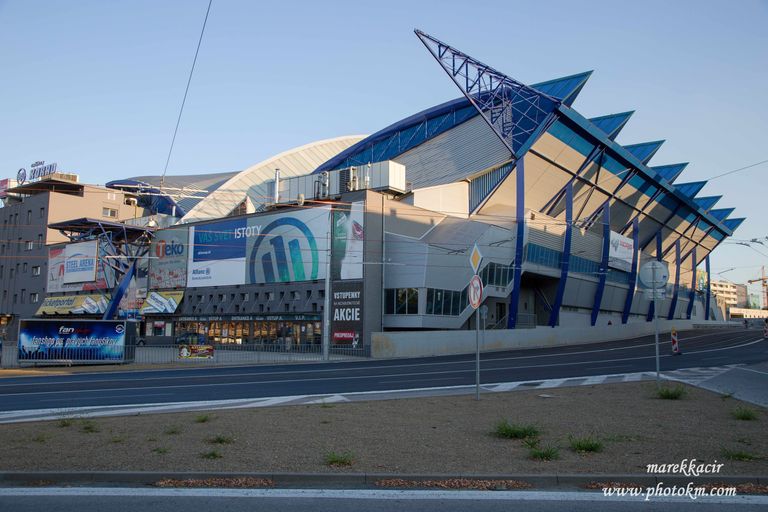
Perhaps the most famous sports ground in Košice is the Steel Arena. In addition to the ice rink, this hockey hall also offers space for artists. The Steel Arena is a popular venue for many bands. I myself have been to several concerts of Slovak and Czech bands such as Kabát, IMT Smile or Lúčnica.
Walking around the city was enough for this time, because my legs were getting really busy. However, that was far from everything from Košice. I plan to prepare at least two more posts about this city. One will concern the history of the city and the other I will return to the monuments that did not fit into this post.
Well thank you.
